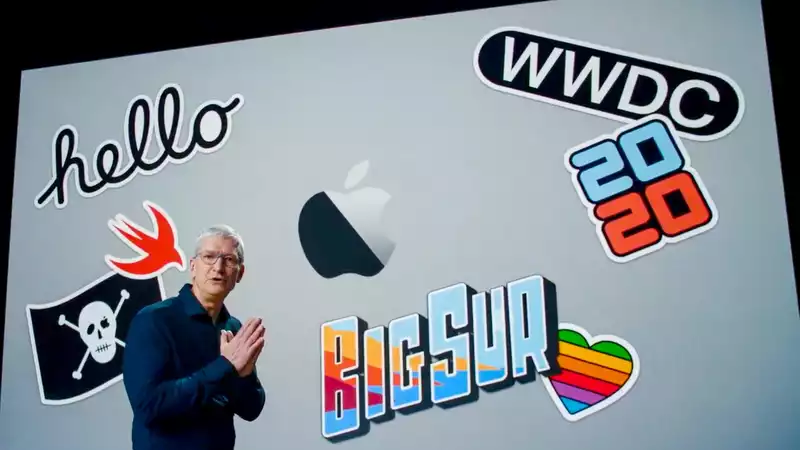Apple's WWDC 2020 conference took place, bringing unprecedented changes to platforms such as iOS, watchOS, and macOS But the big draw was Apple Silicon: Apple announced a new custom Mac processor that will make MacBooks and iMacs more efficient and powerful than ever
Apple revealed a surprising amount of new information in a two-hour presentation to developers; here's the biggest news announced at WWDC 2020 for the iPhone, iPad, and Mac
After years of rumors, Apple will finally announce its own CPU platform for the Mac, dubbed Apple Silicon This new hardware will allow Apple to more closely integrate Mac hardware and software, which should result in new MacBooks and iMacs that are more efficient, long-lived, and powerful than ever before
Apple plans to roll out Macs with Apple Silicon as early as this year, and to make the full transition to the platform over the next two years
iOS 14 completely revamps the iOS homescreen, with full widget support and an App Library feature that makes it easier than ever to call up your most frequently used applications
macOS Big Sur introduces an entirely new design language to the Mac desktop experience and borrows key features from iOS, including a convenient Control Center, a revamped Messages app, and an enhanced Safari with improved security and extension options
watchOS
watchOS 7 gives Apple Watch users the feature we've been waiting for: sleep tracking! Other major upgrades include the ability to share watch faces and a revamped Fitness app with dance tracking support
iPadOS 14 is even closer to the desktop, and there are upgrades to the Apple Pencil New features include an app sidebar for more fine-grained searching and multitasking, and a Scribble tool that turns written words into digital tests
WWDC also saw some small but important announcements, including the reveal that the AirPods Pro will soon support spatial audio Car Key, which will allow the iPhone to be used as a car key in some car models, is coming soon Translate app will allow Siri to translate your conversations in real time










Comments